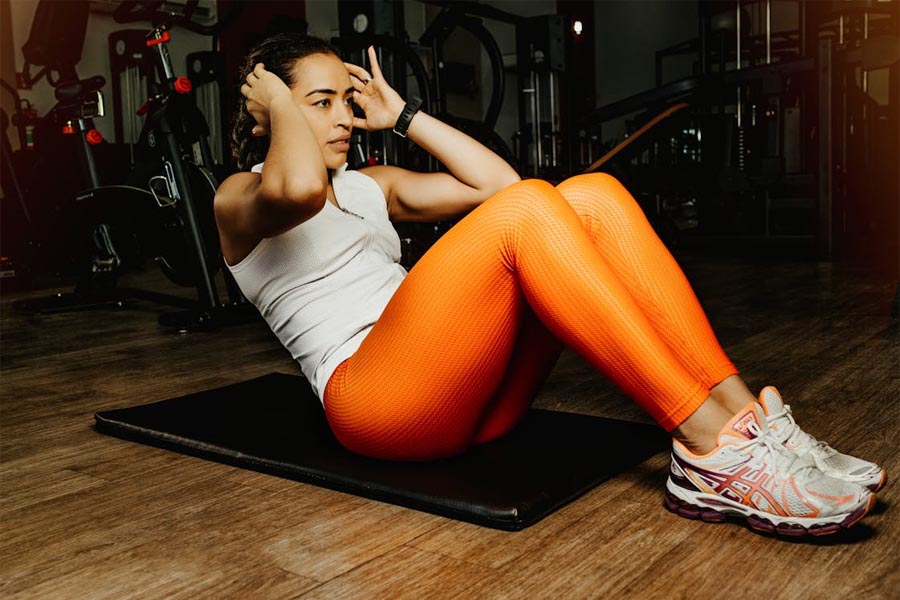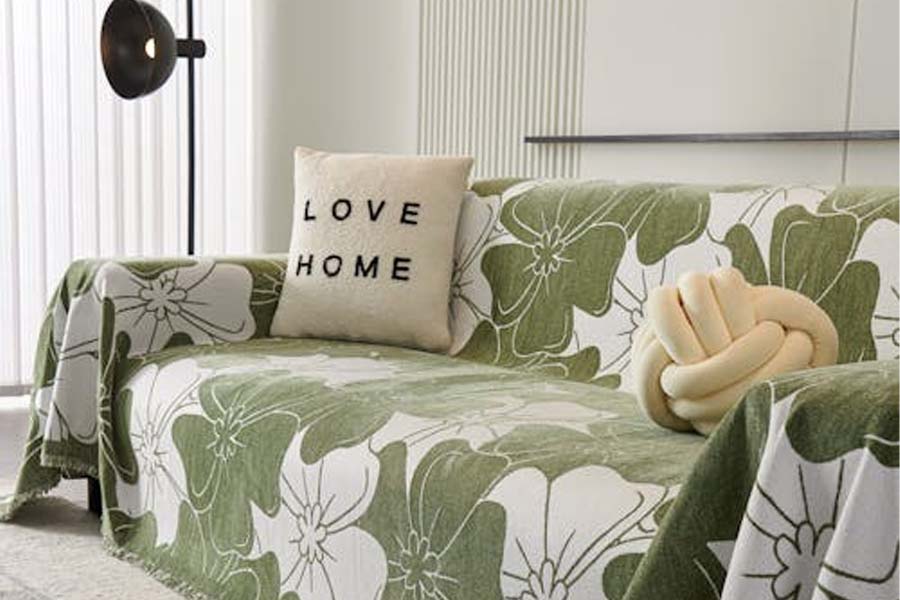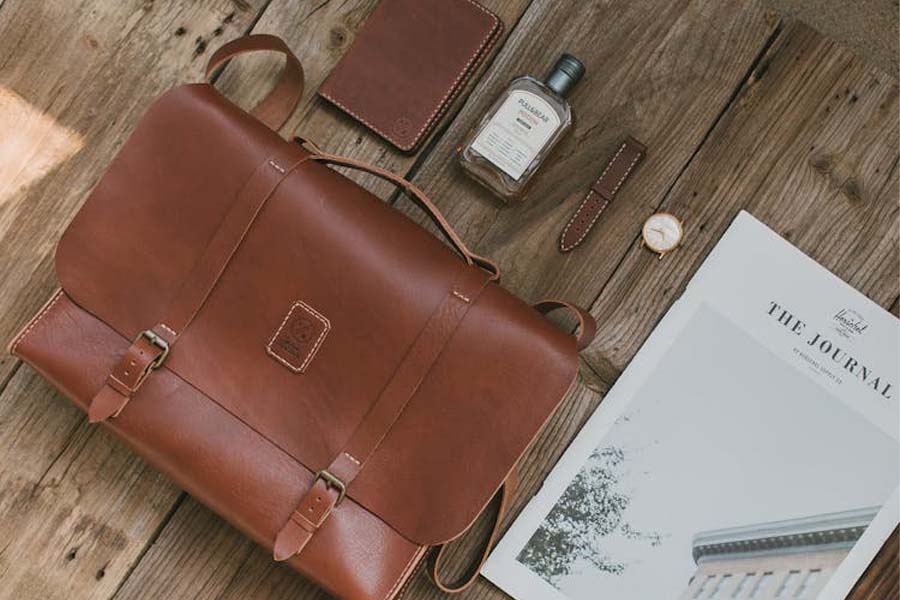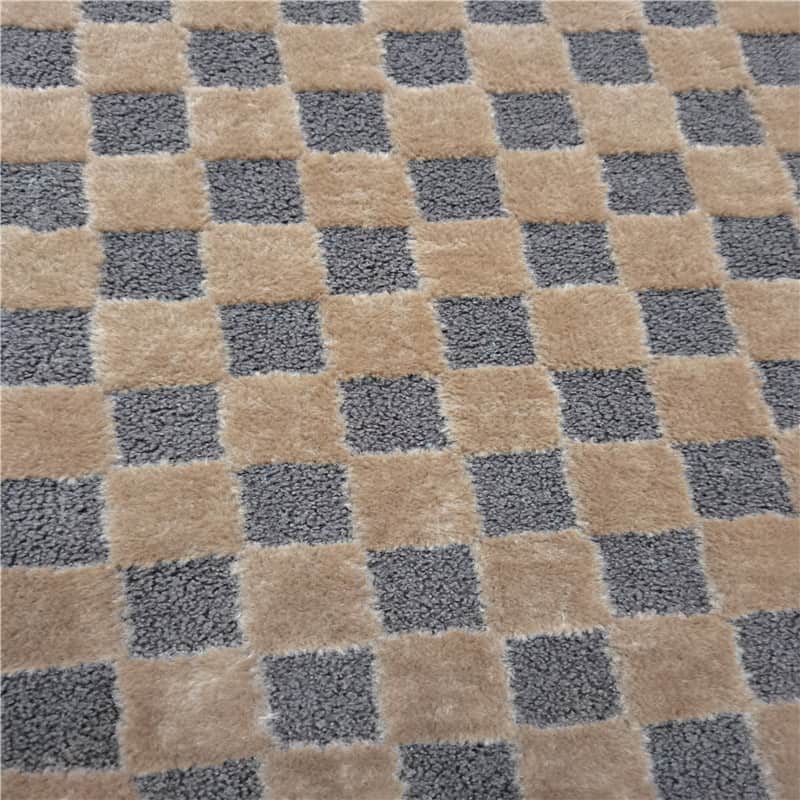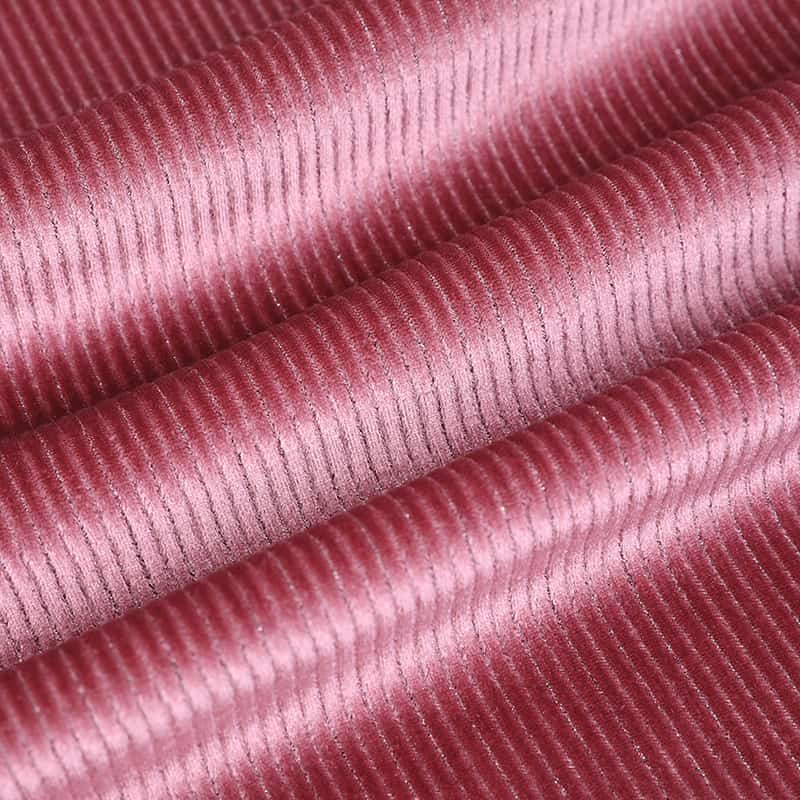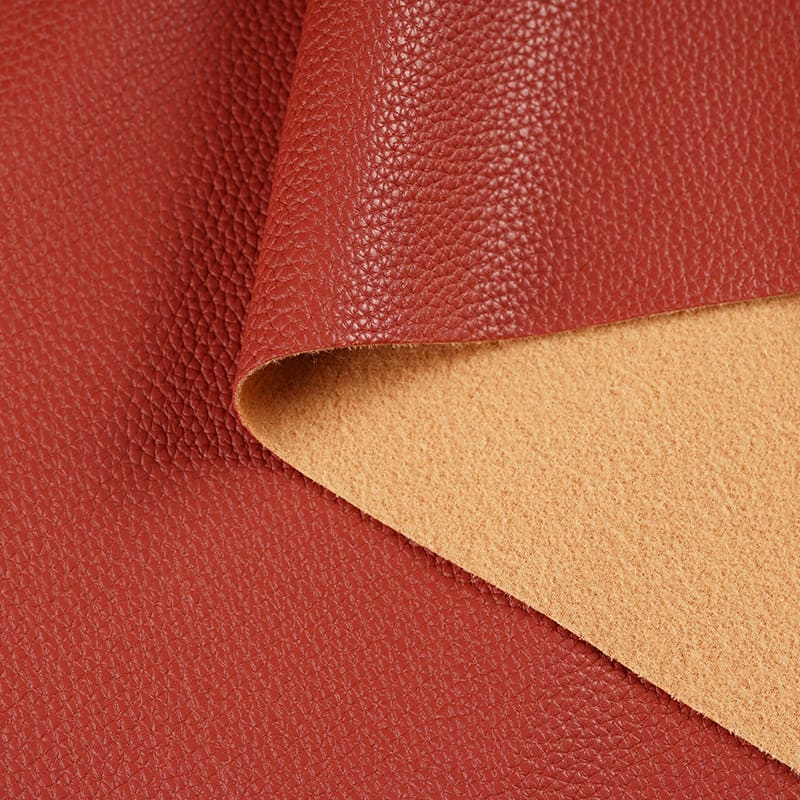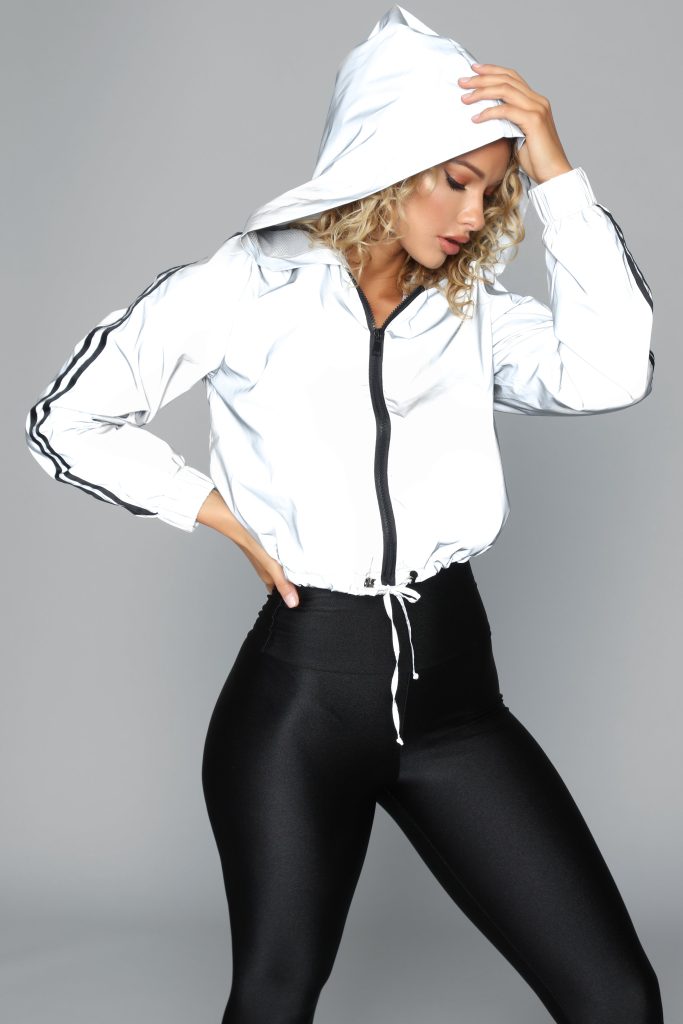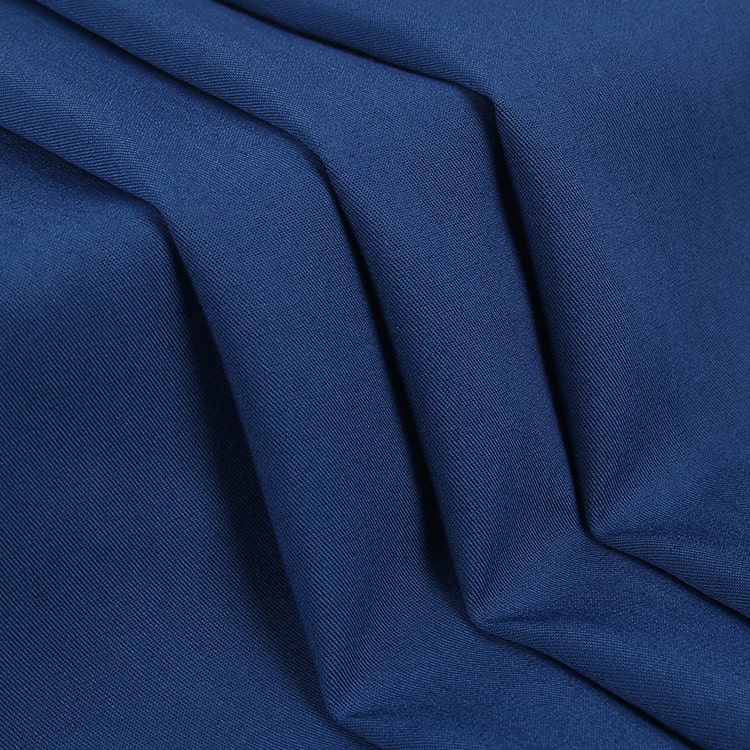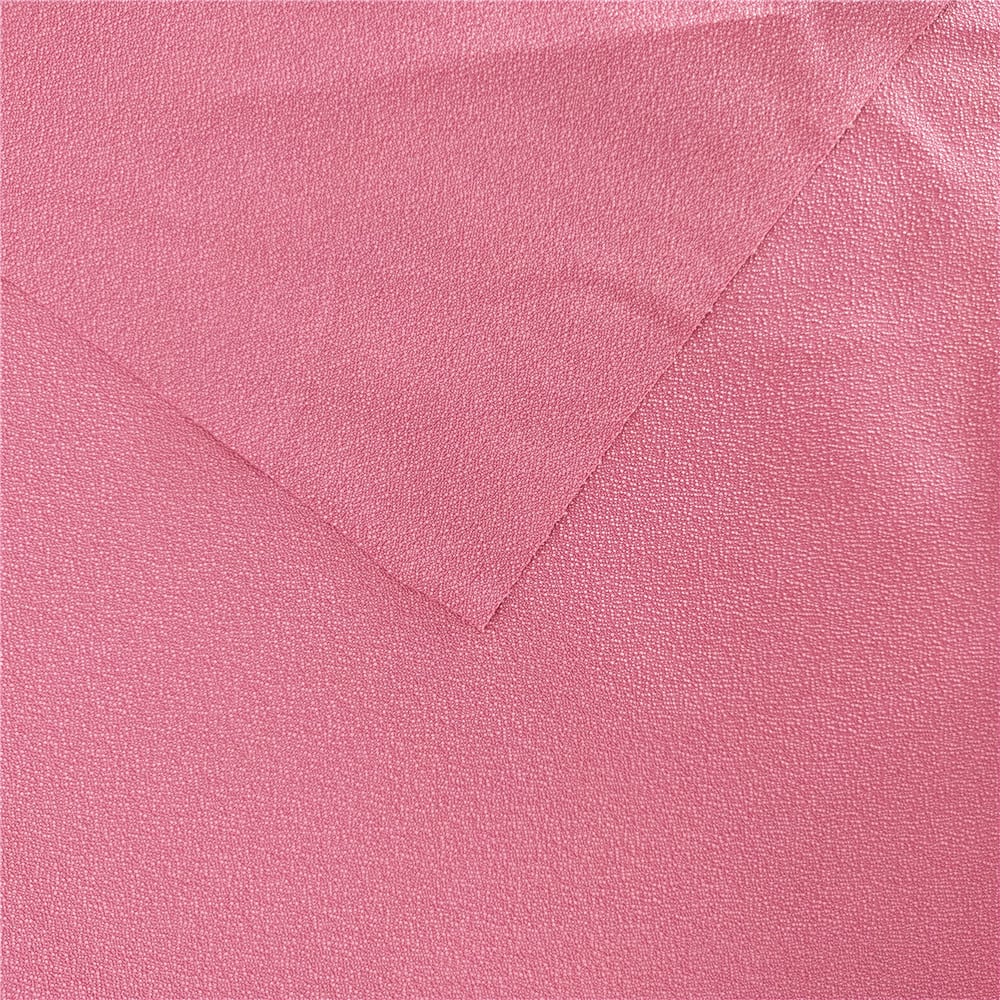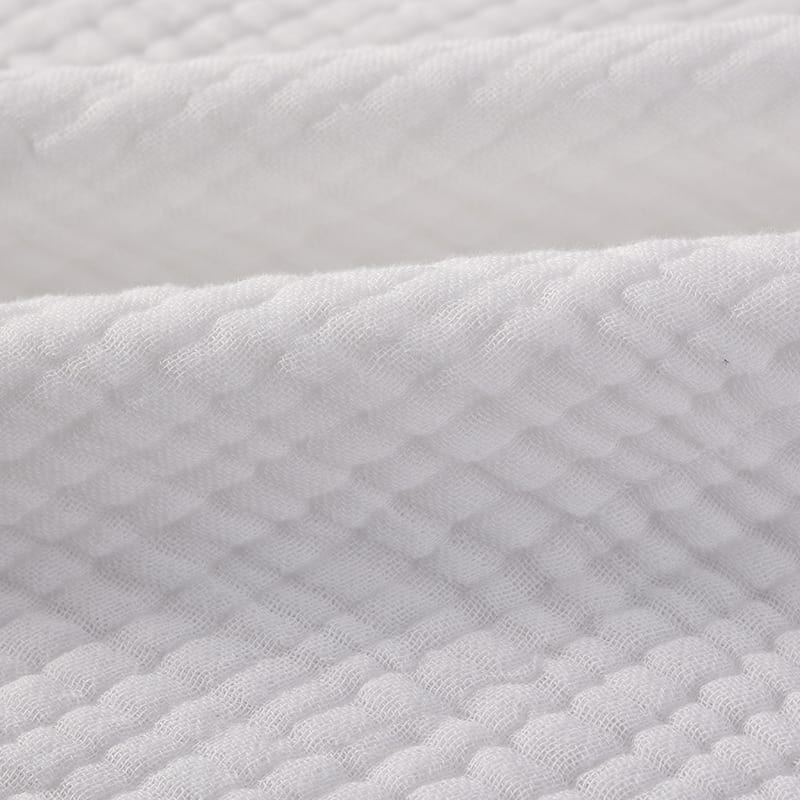
Gauze Fabric: What You Need to Know
Gauze fabric is a thin fabric commonly found in first aid kits. The medical community relies heavily on gauze for bandages. Do you know that it is also a popular choice for clothing items such as lightweight summer dresses or shirts?
It is a thin, translucent, lightweight fabric that is loosely woven. Despite being less durable than other fabrics, it has a wide range of applications. This fabric is useful in many industries, including clothing, design, and healthcare.
What is Gauze Fabric?
Gauze fabric is a type of woven textile consisting of breathable materials such as cotton, rayon, or fiber blends. It has an open weave, which allows more space between threads compared to regular fabrics. This kind of weave construction gives it an open mesh effect and an airy feel.
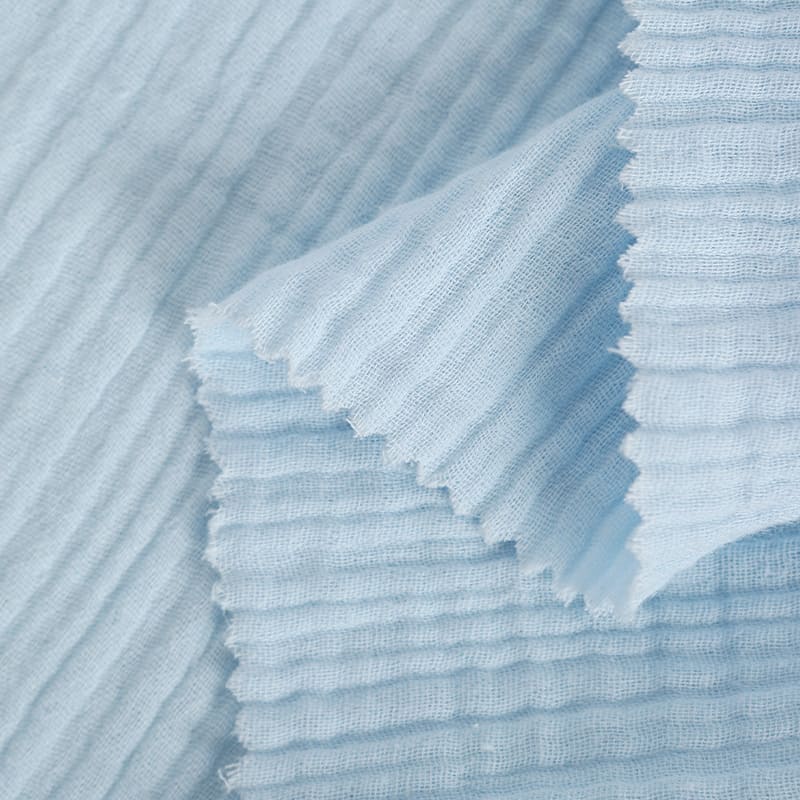
Types of Gauze Textiles
There is a wide range of selections available when choosing gauze fabric. This fabric comes in different types, each with its own set of characteristics and applications. But the most common ones include:
-
Cotton Gauze
Manufacturers produce this fabric using pure cotton. That’s why it is popular for its delicate feel against the skin. People use it to make bandages due to its absorbent characteristics. Its natural look also garners interest in home décor.
-
Rayon Gauze
This fabric is famous for its regenerated cellulose composition. It means it has a silky smooth feel. This feature adds a luxurious touch to clothing. So it is a designer’s favorite for creating flowing dresses and skirts.
-
Muslin
This is woven from cotton or linen, which is a lightweight, adaptable fabric. Muslin’s breathability makes it a favorite for summer clothing. And its durability has led to its use in making sturdy tablecloths and curtains.
-
Cheesecloth
Cheesecloth comes from cotton and linen. People use this type of gauze fabric in the kitchen for straining. It also serves its purpose in medical settings as a material for bandages and masks.
-
Surgical Gauze
This type of gauze is primarily for medical use only. It also comes from cotton or linen which provides softness and absorbency to the fabric. It plays an important role in wound care and surgical procedures. Adding synthetic fibers like polyester can help enhance its strength and durability.
-
Polyester Gauze
Most people know this synthetic fabric variant for its durability. Its top-notch weather resistance makes it an ideal material for outdoor equipment. People can find it useful in the production of camping tents and sailcloth.
-
Leno Gauze
This is a twill weave that exhibits strength and lightness. Like polyester gauze, it’s often found in outdoor gear like sails and tents.
-
Viscose Gauze
Viscose gauze comes from regenerated cellulose. It has a fine, silky texture that breathes well. It’s favored in fashion because of its drape and vibrancy when dyed. Its hypoallergenic nature also makes it useful in sensitive medical settings.
-
Bamboo Gauze
This one also has gentle and absorbent features since it’s made from bamboo fibers. This is a great option for clothing materials. The healthcare industry also finds it useful because of its natural antimicrobial properties.
-
Hemp Gauze
Evident from its name, this gauze fabric comes from hemp fibers. It has a reputation for toughness. Its strength makes it ideal for making clothes that can withstand wear and tear. Furthermore, its toughness allows for secure bandages and dressings in hospitals.
-
Double Gauze Fabric
This type of gauze fabric is pure cotton and is mostly used for fashion. People often mistake double gauze for muslin fabric. This is because they have similar textures. But double gauze fabric comes from layers of cloth while muslin just has a single layer.
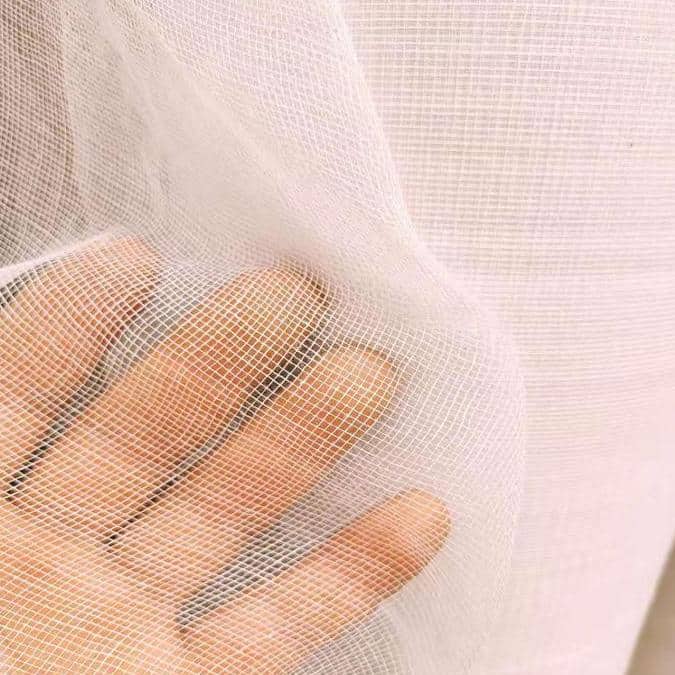
Manufacturing Process
Gauze fabric is made through a series of methodical steps that transform raw fibers into a material that is very useful today. The steps include:
- Yarn preparation
- Weaving process
- Bleaching,
- and finishing.
Understanding these steps will give you a better understanding of the fabric.
This procedure ensures that the thread is clean and consistent, making it possible for it to weave well.
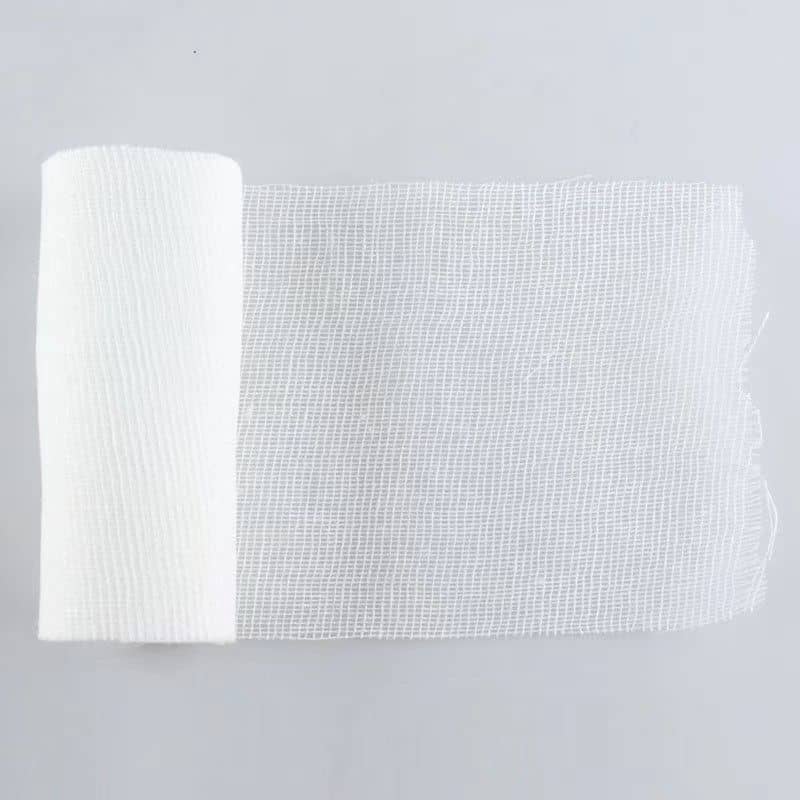
Applications of Gauze Fabrics
Gauze fabric’s versatility is evident in its numerous applications across various industries. It first gained recognition in the medical field. Then it also became popular in fashion and home décor.
Medical use
Gauze fabric is used in the medical field, primarily in bandages and dressings. It is one of the most preferred fabrics to support the healing process because it allows air to circulate around the wound.
Fashion and clothing
This fabric finds regular usage in the fashion industry, particularly in clothing production. It is ideal for dresses, blouses, and summer clothing due to its lightweight nature and good draping quality.
Home Decor
Gauze fabric can be used to make airy and light window treatments. Its semi-transparency feature is the reason why it’s frequently used in the design of curtains, giving rooms a breezy feel.
How do you care for gauze fabric?
Caring for gauze fabric includes a few simple but important steps. To keep its shape and size, wash it gently in cold water and then hang it for natural air drying. Since ironing is not advised, light steam or freshening spray can help remove wrinkles from the fabric.
Conclusion
Gauze fabric is a unique, lightweight, and breathable fabric. Its production includes three steps: yarn preparation, weaving, and finishing. It serves different purposes in the medical field, the fashion industry, and home décor.
The features of gauze fabric boost its adaptability in many industries. More than its versatility, it is notable for its eco-friendliness, as it is usually made from 100% natural fibers.
As you select materials for your next collection, you can consider gauze fabric for its lightness and sustainability.


